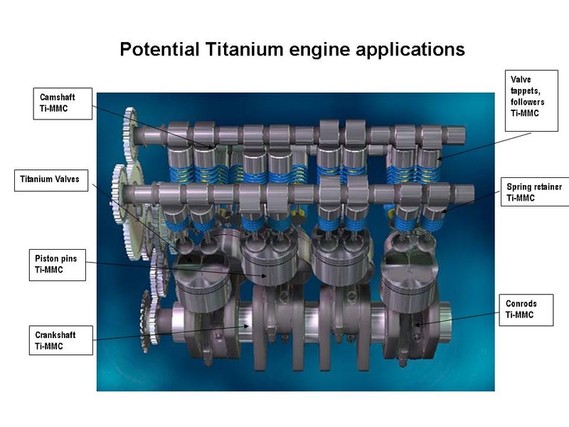What is Electrometallurgy ?
Electrometallurgy is the science of producing metals from metallic ores through the use of electricity. It deals with both the use of electricity for various heating processes and the use of electricity to produce chemical changes (a process called electrolysis).
Electrometallurgy involves the use of electric and electrolytic processes to purify metals and is commonly employed at the end of the metals extraction chain, resulting in final product recovery. The two most common processes are electrowinning and electrorefining, where our austenitic grades are the proven choice – with duplex also making its mark as a cost-effective alternative.
Electrometallurgy is the field concerned with the processes of metal electrodeposition.
There are four categories of these processes :
- Electrowinning, the extraction of metal from ores
- Electrorefining, the purification of metals. Metal powder production by electrodeposition is included in this category, or sometimes electrowinning, or a separate category depending on application.
- Electroplating, the deposition of a layer of one metal on another
- Electroforming, the manufacture of, usually thin, metal parts through electroplating
Electrowinning
Electrowinning, also called electroextraction, is the electrodeposition of metals from their ores that have been put in solution or liquefied. Electrorefining uses a similar process to remove impurities from a metal. Both processes use electroplating on a large scale and are important techniques for the economical and straightforward purification of non-ferrous metals. The resulting metals are said to be electrowon.
Electrowinning System Applicable to Nickel Plating Operations
In electrowinning, a current is passed from an inert anode through a liquid leach solution containing the metal so that the metal is extracted as it is deposited in an electroplating process onto the cathode. In electrorefining, the anodes consist of unrefined impure metal, and as the current passes through the acidic electrolyte the anodes are corroded into the solution so that the electroplating process deposits refined pure metal onto the cathodes.
Electroplating
Electroplating is a plating process in which metal ions in a solution are moved by an electric field to coat an electrode. The process uses electrical current to reduce cations of a desired material from a solution and coat a conductive object with a thin layer of the material, such as a metal. Electroplating is primarily used for depositing a layer of material to bestow a desired property (e.g., abrasion and wear resistance, corrosion protection, lubricity, aesthetic qualities, etc.) to a surface that otherwise lacks that property. Another application uses electroplating to build up thickness on undersized parts.
The process used in electroplating is called electrodeposition. It is analogous to a galvanic cell acting in reverse. The part to be plated is the cathode of the circuit. In one technique, the anode is made of the metal to be plated on the part. Both components are immersed in a solution called an electrolyte containing one or more dissolved metal salts as well as other ions that permit the flow of electricity. A power supply supplies a direct current to the anode, oxidizing the metal atoms that comprise it and allowing them to dissolve in the solution. At the cathode, the dissolved metal ions in the electrolyte solution are reduced at the interface between the solution and the cathode, such that they “plate out” onto the cathode. The rate at which the anode is dissolved is equal to the rate at which the cathode is plated, vis-a-vis the current flowing through the circuit. In this manner, the ions in the electrolyte bath are continuously replenished by the anode.
Electroforming
Electroforming is a metal forming process that forms thin parts through the electroplating process. The part is produced by plating a metal skin onto a base form, known as a mandrel, which is removed after plating.This process differs from electroplating in that the plating is much thicker and can exist as a self-supporting structure when the mandrel is removed.
In the basic electroforming process, an electrolytic bath is used to deposit nickel or other electroplatable metal onto a conductive patterned surface, such as glass or stainless steel. Once the plated material has been built up to the desired thickness, the electroformed part is stripped off the master substrate. This process allows high-quality duplication of the master and therefore permits quality production—at low unit costs with high repeatability and excellent process control. The mandrel is made of a non-conductive material it can be covered with a conductive coating. Technically, it is a process of synthesizing a metal object by controlling the electrodeposition of metal passing through an electrolytic solution onto a metal or metalized form. The object being electroformed can be a permanent part of the end product or can be temporary (as in the case of wax), and removed later, leaving only the metal form, the “electroform”. New technologies have made it possible for mandrels to be very complex. In order to facilitate the removal of the electroform from the mandrel, a mandrel is often made of aluminum. Because aluminum can easily be chemically dissolved, a complex electroform can be produced with near exactness.
You might also like
| Do you know Meehanite metal ? Meehanite Meehanite is a trademark for... | Pyrometallurgy of Iron Pyrometallurgy Pyrometallurgy is a branch... | What is Metallurgy ? Metals and Metallurgy - Study and Review Metallurgy... | How is Titanium made? How is Titanium made ? Titanium is known... |


 Alloy Suppliers
Alloy Suppliers
 Aluminum
Aluminum
 Aluminum Extrusions
Aluminum Extrusions
 Copper-Brass-Bronze
Copper-Brass-Bronze
 Nickel
Nickel
 Magnets
Magnets
 Stainless Steel
Stainless Steel
 Stainless Steel Tubing
Stainless Steel Tubing
 Steel Service Centers
Steel Service Centers
 Titanium
Titanium
 Tungsten
Tungsten
 Wire Rope
Wire Rope